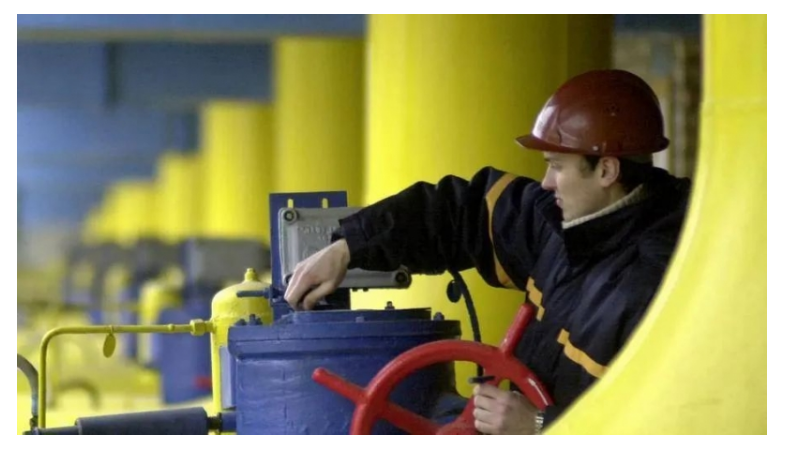Recently, the European Council and the EU Parliament reached a new interim political agreement on the gradual reduction of substances that cause global warming and deplete the ozone layer. The interim agreement finalizes previous negotiations on the F-gas bill and confirms an informal agreement reached in June on ozone-depleting substances.

Relevant people pointed out that although the current EU legislation has significantly restricted the use of fluorine-containing gases (F-gases), according to the requirements of the Paris Agreement, new regulations are still needed to further restrict the emission of fluorine-containing gases into the atmosphere, thereby preventing global climate change. further heating.
According to the interim agreement, the consumption of hydrofluorocarbons (HFCs) in the European market will be completely phased out by 2050; on the supply side, the production of HFCs will be gradually reduced to 15% by 2036. During this period, the European Commission HFCs will be subject to production quota management. Regardless of the production or consumption of HFCs, the allocation quota will be reduced year by year according to a compact reduction schedule. However, the interim agreement introduced higher quota allocation standards in the early stages of reductions than before. At the same time, the European Commission proposed that the semiconductor industry would not be subject to the HFCs quota system. By 2040, the European market will further review the feasibility of completely phasing out HFCs, taking into account future technological development and the feasibility of related alternatives, as well as sectors still using HFCs and their demand conditions in the future.
The text of the interim agreement mentions that certain products and equipment containing HFCs will be completely prohibited from being put on the market in the future. Restricted products and equipment include certain household refrigerators, chillers, foaming agents and aerosols. The agreement brings forward certain ban deadlines and extends the scope of the ban to some low-GWP fluorinated compounds. The ban will only be waived unless safety issues are later proven.
The interim agreement plans to completely ban fluorine-containing small unit heat pumps and air conditioners (<12kW) with a GWP value greater than 150 from 2027, and plans to completely phase out these products in 2032. As for fluorine-containing split air conditioners and heat pumps, EU lawmakers agreed to completely ban such products from 2035, unless exemptions can be provided for safety reasons. The interim agreement also mentions that a limited number of additional heat pump quotas may be released if the proposed ban jeopardizes the achievement of heat pump deployment targets required by the European Energy Plan (REPowerEU).
In addition, since fluorine gas is widely used in daily products such as refrigerators, air conditioners, heat pumps, and pharmaceutical manufacturing, it is also widely used in power system switching equipment. Therefore, the interim agreement also plans to phase out medium-voltage equipment that relies on F-gas by 2030. switchgear, and extend the ban to high-voltage switchgear by 2032. However, it also introduces a cascading principle, which allows for potential derogations from the ban based on the bidding process for fluorine-free alternatives. For example, if certain changes endanger the operation of the grid, high-voltage switchgear can be used under the cascading principle. The greenhouse gas SF6.
The interim agreement also stipulates that from 2025, certain refrigeration product maintenance equipment using high GWP value F-gas will be banned unless these gases can be recovered or recycled, and their use will only be proven to benefit the environment. Available until 2030. In 2026, the European Union will also introduce a similar ban on maintenance equipment for air conditioners and heat pump products.
Currently, the interim agreement sets the quota allocation price for HFCs at 3 euros, which will be adjusted based on inflation.
The interim agreement is planned to implement mandatory extended producer responsibility for fluorine-containing gases in electrical and electronic products and equipment specified in the EU Directive 2012/19/EU (on waste electrical and electronic equipment) from January 1, 2028. (EPR) plan.
The provisional agreement was drawn up under which member states would establish rules on effective, proportionate and dissuasive penalties applicable to infringements. Penalties should include at least fines, confiscation of products, temporary exclusion of products from public procurement and temporary trade bans. At the same time, penalties should be compatible with the Environmental Crime Directive and the national legal system.
In addition to relevant revisions on fluorinated compounds, the interim agreement confirms that ozone-depleting substances will be banned in almost all circumstances
(ODSs), except under certain strictly limited exemptions. For example, the agreement mentioned that under strict conditions, ODS can be used as a fire-fighting method in process agents, laboratories, and special situations such as military equipment and aircraft.
In addition, the interim agreement strengthens the requirements for recovering ODSs for destruction, recycling or reuse, which will cover refrigeration, air conditioning and heat pump equipment, equipment containing solvents, fire protection systems and fire extinguishers, and other technically and economically feasible equipment. The interim agreement also commits to taking precautions to prevent and minimize certain unintentional releases of ozone-depleting substances, such as malfunctioning leaks.
Currently, the two interim agreements on F-Gas and ODSs will be submitted to the representatives of member states within the Council of the European Union and the European Parliament’s Environment Committee for approval; only if the above two approvals are obtained, the interim agreement can be published in the EU’s official journal and Take effect.

 微信扫一扫打赏
微信扫一扫打赏

